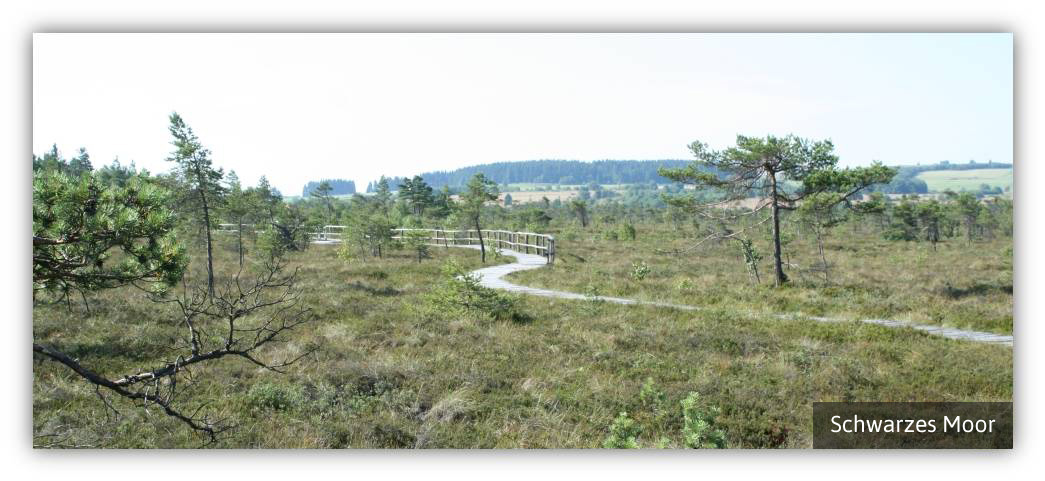
Biosphere Reserve
The Biosphere Reserve Rhön coveres 2,433 square kilometers of the three German States Bavaria (1,296 km²), Hesse (648 km²) and Thuringia (489 km²). A geographical and political separation, which existed since centuries, led to the development of different infrastructure and administrations in the three parts of the biosphere reserve. The „iron curtain“, which followed the foundation of the GDR, ensured additional social and economic differences in the region. With the reunification of Germany, the path was clear for a recognition of the reserve cross the borders. In 1991, the UNESCO formally awarded the status of a Biosphere Reserve to the Rhön.
Up to date, the „Land der offenen Fernen" (PR slogan for the Rhön, meaning „country of the open views“) has a strong rural character in all three states. For its people, the Rhön is living space, economic and recreational area all at the same time. Agriculture, forestry, manufacturing and tourism place a multitude of demands on the landscape, which are often in conflict. At the same time, the Rhön is also a refuge for many threatened animal and plant species. Shelter is offered by natural ecosystems, which are still found in a large scale in some areas. Compared to other low mountain ranges, the open cultural landscape of the Rhön, with an unusual low percentage of forest is unique. The Rhön consists mainly of extensively used pastures and fields. The traditional forms of use connected to the landscape, for example traditional extensive meadow orchards or the breeding of the Rhön sheep, are giving the region a high cultur and landscape historical significance.


